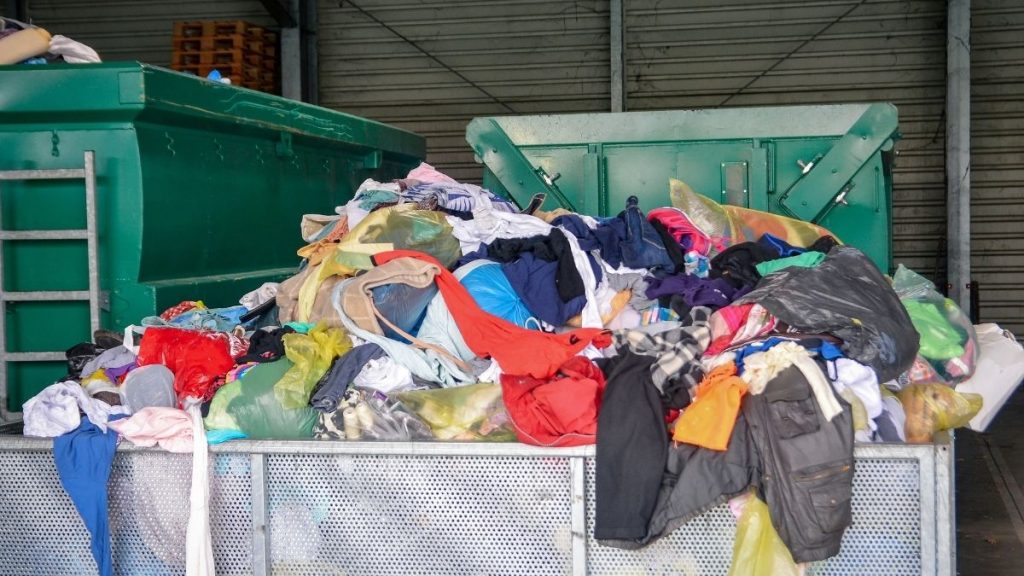How the Fashion Industry Can Support Biodiversity

Biodiversity encompasses every single living thing on this planet, from the smallest of microbes to the largest of ecosystems. However, the variety of life that makes our world so rich is declining at a rapid rate. Healthy ecosystems need biodiversity to thrive, and many industries, including fashion, contribute to the problem. The good news is that this sector can make practical changes to improve its impact. From clothing manufacturers to retail stores, here’s how the fashion industry can support biodiversity.
Focus on Sustainable Materials
While experts have made great strides in reducing waste for common materials like cotton and synthetic fabrics, they still significantly contribute to the steady decline in biodiversity. The fashion industry can combat this problem by focusing on more sustainable materials.
Substances like hemp, lyocell, and spinnova are excellent alternatives that don’t include harsh chemicals that could damage the environment in their treatment processes. Fashion manufacturers could also look toward biodegradable polyesters as replacements for nonsustainable materials.
Reduce Contributions to Water Pollution
One enormous way the fashion industry can support biodiversity is by changing its textile dyeing approach. Dyeing fabrics involves polluting waterways with dangerous chemicals that damage or eliminate aquatic life in the area.
Instead, clothing manufacturers may consider alternative methods to this process to reduce their impact. Digital printing and waterless dyeing produce similar results without contaminating water sources. They may also try plant-based dyes and water treatment processes to get the same look in a cleaner way.
Get Serious About Waste Management
Unrecycled clothing and materials sit for years in landfills, slowly breaking down and taking up space that removes wildlife from their habitats. Improper waste disposal affects the environment in so many ways that reduce biodiversity.
Manufacturers and retailers alike would benefit from getting serious about their waste management policies. Using waste removal services specializing in sustainable disposal methods can improve conditions and lessen the amount of garbage displacing and contaminating local ecosystems.
Educate the Public
The pressure to change fashion’s environmental impact doesn’t rest on industry professionals alone; consumers can also do their part in protecting biodiversity by being smart about their clothing.
The fashion industry could put more effort into education to help customers preserve their attire for extended use. Simple things like washing clothes in cold water, filtering microfibers, and using water-efficient machines will allow the public to help the industry make greater strides in sustainability.
There is still a long way to go to change the world of apparel for the better. However, as society continues to prioritize sustainability, the fashion industry can continue to move in the right direction.
